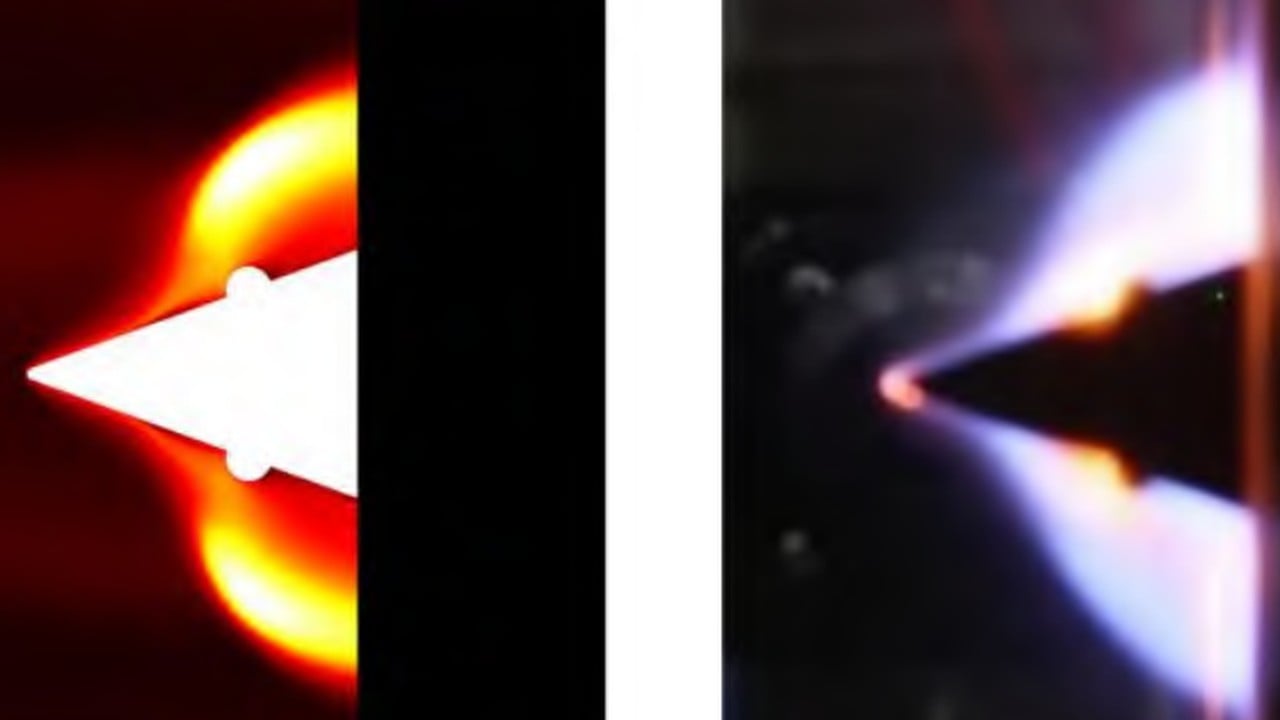A state-backed Chinese research team has achieved a breakthrough in developing a hypersonic engine powered by ordinary jet fuel, reigniting global debates over the viability of a technology proposed by US military nearly 70 years ago.
Advertisement
In a peer-reviewed paper published in the Chinese-language Journal of Aerospace Power, a team of scientists announced a successful ground test of an oblique detonation engine (ODE) chamber burning RP-3 aviation kerosene.
The experiment, simulating flight conditions at Mach 8 and and an altitude of 30km (18 miles), ignited and sustained stable detonation waves for over two seconds, which proponents said proved the concept’s technical feasibility for military use.
Researchers from the China Academy of Launch Vehicle Technology (CALT) – the nation’s premier institute for aerospace propulsion – and Northwestern Polytechnical University jointly revealed the results on May 6.
The ODE concept, first proposed by researchers with the University of Michigan under US Air Force-contract research in 1958, promises propulsion without moving parts by coupling shock waves with combustion.
Advertisement
Nasa scientists theorised in 1978 that it could enable sustained hypersonic cruise from Mach 6 to 16 but the concept faced scepticism due to extreme technical hurdles.

